AMMAN — Jordan’s eastern desert is not completely empty — it is dotted with ancient buildings known collectively as the
Desert Castles and are typically visited during “loop-trips” from Amman.
اضافة اعلان
While the Kingdom is peppered with scores of similar edifices, Qusayr Amra, Qasr Al-Harranah, and Qasr Al-Azraq are the most visited because of their proximity to the capital.
The structures, though dubbed castles, were military outposts, agricultural centers, caravansaries, and hunting lodges for Umayyad caliphs.
These mega structures represent early Muslim architecture, donning fresco paintings, mosaics, and sculptures with Persian and Roman influences.
Most of them date back to the early Muslim period — namely the 7th and 8th centuries — which puts them among the oldest Islamic monuments in the world.
Qusayr Amra
Qusayr Amra, 85km east of Amman, is the most celebrated among the desert castles, designated in 1985 as a
UNESCO world heritage site for its distinct architecture and history.
This desert complex was the focus of studies by many explorers and archaeologists in the 18th century and was rediscovered by Czech explorer Alois Musil.
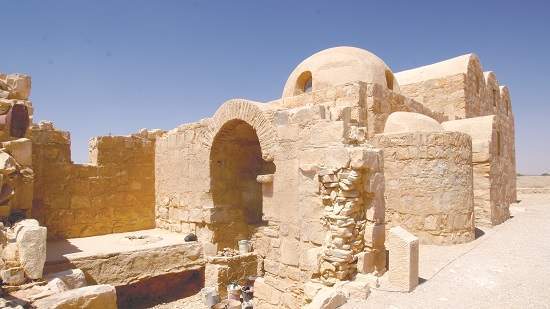 (Photos: Flickr)
(Photos: Flickr)
Qusayr is the diminutive of Qasr, which translates to palace in Arabic. Bedouins are well known for using this linguistic device to express smaller objects.
This structure is an elaborate thermal bath and throne room. It is part of a larger complex that was built as a retreat for an Umayyad caliph in the early 8th century.
Close to the capital, the Jordanian eastern desert was a haven for caliphs, where they escaped the busy life of the city and enjoyed some privacy.
Qusayr Amra is well-known for its frescoed walls illustrating political, nature, hunting, and other aspects of 7th and 8th century life.
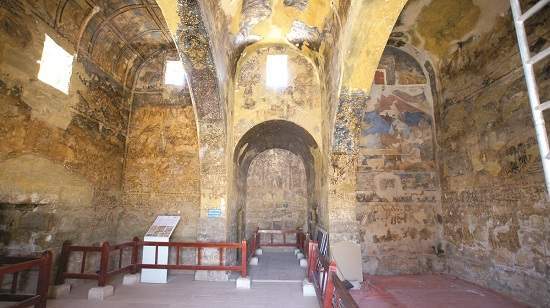 (Photos: Flickr)
(Photos: Flickr)
The structure’s most inimitable fresco is the “Painting of the Six Kings” — a depiction of six kings and emperors who were enemies of the Umayyad caliph.
Three of them have been identified as the Byzantine king Roderic of Hispania (the Iberian Peninsula), the Sasanian (Persian) emperor, and the Negus of Aksum (head of a kingdom in eastern Africa).
The names of the three rulers are etched above their pictures in Greek and Arabic.
The frescos also include depictions of hunting activities and fishing, fruits and wine consumption, and a naked woman, which is considered extremely rare in early Islamic figural representation.
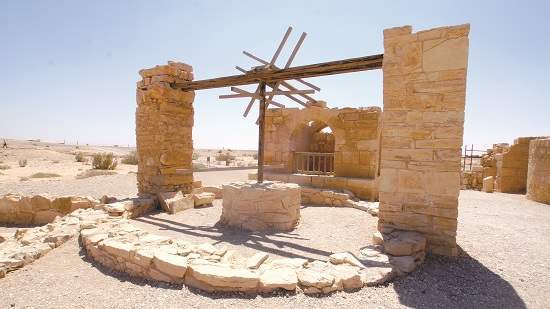 (Photos: Flickr)
(Photos: Flickr)
The bath consists of three main chambers: the caldarium, the tepidarium, and the frigidarium (which is a system called hypocaust, literally meaning “heating from below”). The hypocaust heating system was invented by the Greeks and espoused by the Romans and other nations.
The caldarium is topped by a dome with four light ducts and covered with a fresco depicting the zodiac with several constellations. This hemispheric depiction is considered as one of the oldest images of the sky.
Qasr Al-Azraq
This castle is best-known for its link to T.E. Lawrence of Arabia, where he was headquartered during the Great Arab Revolution in 1917. Lawrence wrote of this experience in his book, The Seven Pillars of Wisdom.
Azraq was first built by the Nabataeans, who inhabited the area for a while, with Petra as their capital city. It was rebuilt for military purposes by the Romans and was later utilized by the Byzantines and Ummayads.
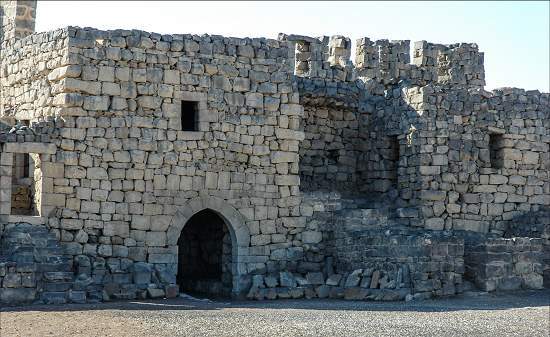 (Photos: Flickr)
(Photos: Flickr)
Between 193 and 235 AD, the Romans strengthened their empire’s Arabicus Limes (the Arabian frontiers), a series of forts and watchtowers that stretch 1,500km from Aqaba to Bosra in the north. One of these forts was Azraq.
The current structure dates to the 13th century, which was built by Ayyubid Emir Izz Ad-Din Aybak.
The fortress was built using basalt stones from the surrounding area. It is a square structure that has a large internal courtyard surrounded by long walls and four oblong towers. In the middle of the courtyard is a mosque, believed to have been built during the Umayyad era.
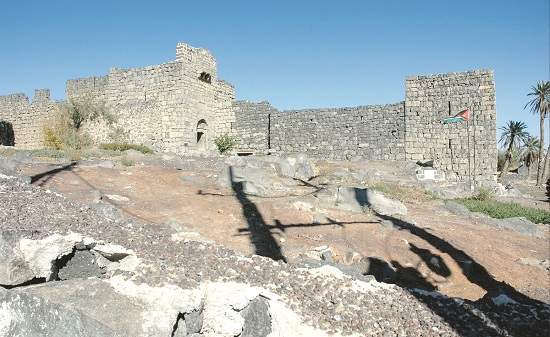 (Photos: Flickr)
(Photos: Flickr)
The fort still has its original stone door made of two massive slaps of granite.
For the Ottomans,
Azraq was an important castle that protected the pilgrimage and trade route to the Arabian Peninsula.
Today, the castle is inside the town of Azraq, 100km east of Amman, and near the Azraq Wetland Reserve, a migratory stopover for birds from three continents.
Qasr Al-Harranah
This desert spectacle is located 55km east of Amman on a highway leading to Azraq and the Saudi Arabian borders.
Harranah was built in the early 8th century during the reign Al-Walid Bdn Abdulmalik, an Umayyad caliph, according to an inscription found onsite.
It is not clear what this structure was built for. However, many scholars have agreed that it served as a regional political center for meetings between the local Bedouin tribes and the Umayyad caliphs.
 (Photos: Flickr)
(Photos: Flickr)
Its name came from the surrounding natur Harrah — a desert land tightly packed with basalt stones, otherwise known as a desert pavement.
The building is based on the Syrian courtyard house design, a square building of two storeys surrounding a central courtyard.
There are four semi-circular towers at the corners, and in middle of the walls, there are four towers with the southern side being the main and only gate to the building. The entrance passage is flanked by two chambers that were used as stables and storage houses.
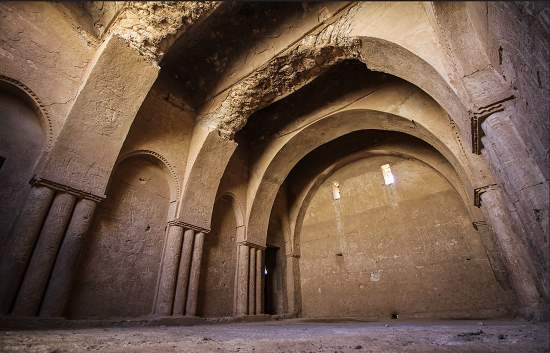 (Photos: Flickr)
(Photos: Flickr)
Inside the courtyard, two staircases take visitors up to the first floor, where the rooms still display decorative details such as stucco and detailed plaster pilasters.
The inside of the structure contains three houses for each floor with subterranean vaults to carry the roofs.
Harranah has been restored in the 1970s and is now a protected area provided with a visitor center, parking, and other services.
Read more Travel



